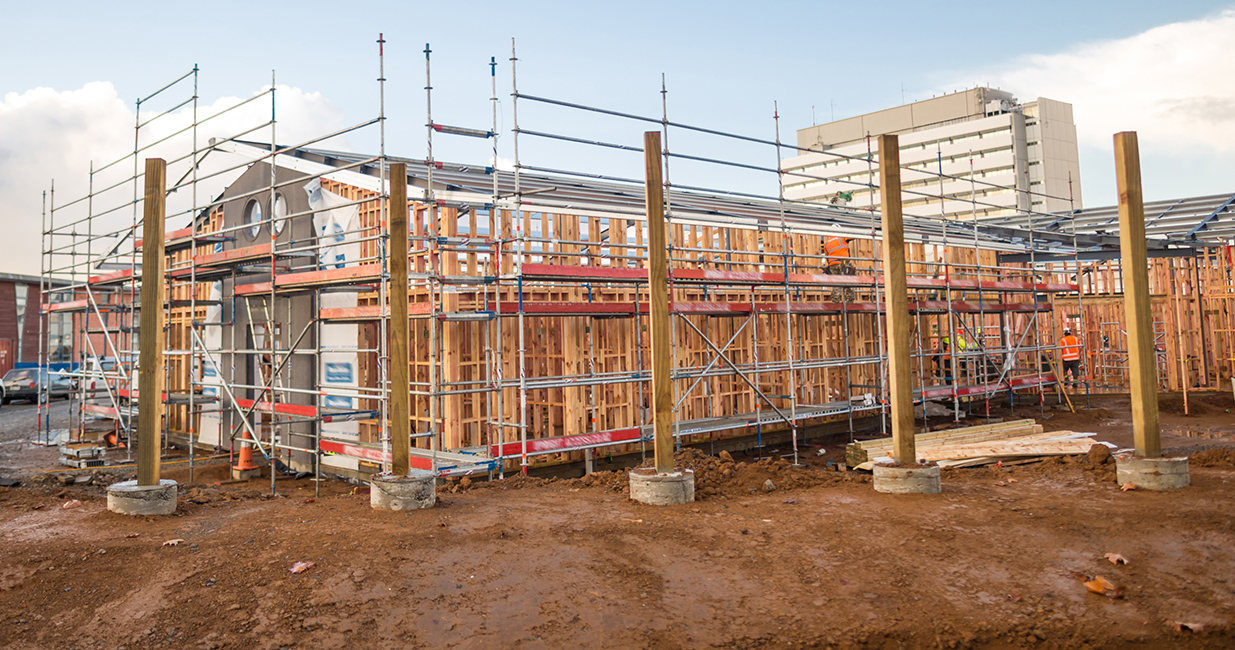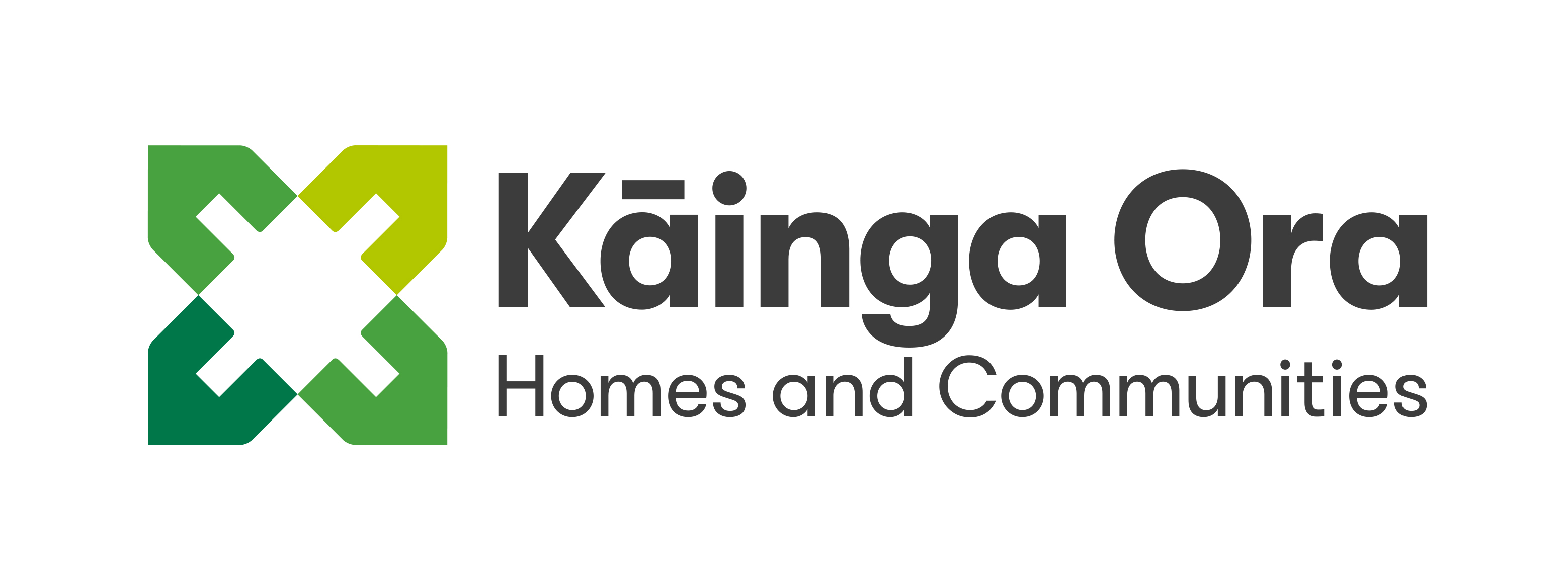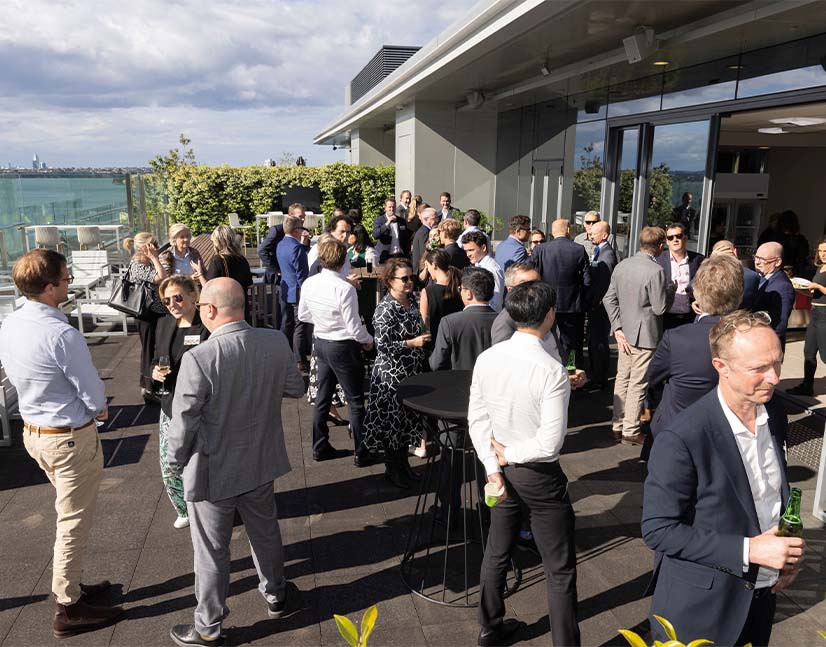
A new phase of funding maturity for Kāinga Ora
Kāinga Ora – Homes and Communities has been building the curve for Housing New Zealand Limited bonds since its market return three years ago. The agency’s Wellington-based treasurer, Jason Bligh, assesses progress after a successful if turbulent 2020 and ahead of a forthcoming online investor day to be hosted on the KangaNews events hub.
Kāinga Ora is hosting its second online investor day with KangaNews later this year. What are the primary areas the isuser is planning to highlight, and why? What has changed since the first of these events in mid-2020?
A clear trend since we held our inaugural investor day last year has been increasing investor interest in our sustainability story. The narrative investors are looking to explore is evolving from just who we are to how we are going to achieve our sustainability objectives, particularly given the rise and rise of climate-change concerns.
This is terrific. While not losing sight of social outcomes, this gets to the core of what Kāinga Ora is about: building better, by which we mean for both families and the environment.
Given this, we are including a specific sustainability panel on the investor-day agenda, which will feature Kāinga Ora representatives discussing our environment and customer programme strategies.
Kāinga Ora managed to avoid a great deal of volatility in the scale of its funding programme based on the events of 2020 but of course it is still a growing issuer. How much certainty can the agency offer investors about the size of the programme – not just this year but into the medium and longer term?
The buy side appreciates a high degree of certainty and our ability to provide it ensures our investors remain with us throughout our journey. We have always said it is not the outright size of the financing requirement that can create volatility – it is the speed with which it evolves.
Our ability to deliver certainty and consistency is the nature of urban development and construction. While we are a growing issuer, we run a long-term investment plan to understand and plan the phasing of our build programme.
The construction we are doing today has already been captured in last year’s annual financing requirement. Over the medium-to-long term, these projects will be captured in our modelling well ahead of us signalling to the market. We are thus able to provide certainty about the direction and size of annual programmes.
We have outlined a programme of around NZ$2.3 billion (US$1.6 billion) for the forthcoming financial year. Our long-term planning currently suggests programmes around this size for several years, notwithstanding future government announcements.
Prioritising building out the Kāinga Ora curve has been a goal for some time – one that has also led the issuer to introduce a tender programme as an important aspect of its issuance strategy. How far progressed is Kāinga Ora on the road to having what could be considered a mature curve?
There are a few aspects to this. One is building our nominal bond lines to a level of liquidity with which our investors are comfortable. Feedback has been that this means a minimum of NZ$1 billion per line on issue. We have achieved around this volume in half our six nominal lines. However, as we increase the amount of lines outstanding, it will naturally take time to achieve the NZ$1 billion level across the curve.
When it comes to a mature curve, offering an alternative to the sovereign suits our strategy to attract investors via switching on a relative-value basis. This said, while we might match, say, a 20-year government-bond tenor the overall maturity profile of our programme will be based on the underlying delivery of homes over coming years. This in turn will be based on achieving the government’s mandate to reduce the housing wait-list register.
From a financing perspective, the tender programme allows us to add liquidity consistently while averaging out volatility and achieving certainty of financing for the annual build programme – relative to, for instance, sizeable one-off syndications. These can be prone to one-off events, as we saw last year.
“The narrative investors are looking to explore is evolving from just who we are to how we are going to achieve our sustainability objectives. While not losing sight of social outcomes, this gets to the core of what Kainga Ora is about: building better, by which we mean for both families and the environment.”
How important is developing secondary liquidity in Housing New Zealand Limited bonds as part of the process of building out the curve? What observations does Kāinga Ora have on liquidity at the moment, in particular relative to other local high-grade issuers, and what can an issuer do to promote it?
Secondary-market liquidity is hugely important to create price transparency, particularly for us and our financing objectives. Our current observation is that there remains ample liquidity. Across all our tenders to date, we have seen bid-cover ratios being strong, as well as relatively tight bid-tender levels. We have yet to see reflationary concerns borne out in long tails.
We have experienced some tightening in spreads relative to New Zealand Local Government Funding Agency (LGFA), particularly since the start of the year. However, LGFA outstanding volume is around three times the size of Kāinga Ora.
The role of our bank intermediaries is important to promote liquidity. We engage with the market ahead of our tenders to understand where demand is strongest and how this aligns with our strategy, and then we announce. This sends a strong signal that we respect where liquidity and investors are.
What about curve extension – does Kāinga Ora have specific ambitions there or will long-dated issuance exclusively be demand-based? Does the same outlook apply to inflation-linked issuance in the wake of Kāinga Ora’s 2020 debut in this format?
Curve extension is appropriate as a means of spreading refinancing risk, while also matching the economic life of the assets we are financing. It is a combination of our financing strategy and demand, in other words.
We wouldn’t necessarily do a long-dated curve extension without understanding whether investor demand was strong enough to support the issue and then remain engaged, particularly if we are then to tender into that maturity.
Inflation-linked bonds are a good fit given the relationship with our underlying revenue. We have been clear that this product could represent up to 20 per cent of the portfolio over time.
As this product suits only a certain type of investor, we need to balance supply against supporting our tender programme – that has only been running for just over six months – and our annual financing requirement.
How actively is Kāinga Ora pursuing investor diversity, especially offshore, and by what means?
We actively promote offshore diversification, managed through our relationships with our bank intermediaries. The primary avenue for this engagement is on a bilateral basis. However, events such as our virtual investor day present a broader platform to reach these investors while adding further insight into who we are as a social-housing provider and our ESG [environmental, social and governance] objectives.
Offshore investors have their own drivers – particularly around the basis swap, views on relative value of New Zealand dollar assets and positioning on duration – that might not necessarily align with our financing requirements.
The best we can do is present our story, credit and financing strategy overview. If these align on timing with offshore investors, that is great. We will be a long-term issuer into the New Zealand debt capital market, either way.
The recent KangaNews-Westpac roundtable included extensive discussion about the increasing sophistication of the sustainable-finance market and Kāinga Ora’s role in this, for instance in the way the market is striving for an ever-deeper understanding of and reporting on impact. What might we expect from Kāinga Ora that will help it maintain its world-leading position in this market?
It is really a combination of constant reinvention and incrementally enhancing what has previously been done. Reinvention for the sake of it risks losing a cohesive story or creating one that is unable to provide meaningful trends over a timeframe. Equally, by not being ambitious we would risk losing relevancy.
As specific capability develops in our organisation, we will look to translate it into our impact reporting. Whether this be through reinvention or simply evolution, we will be judged by the feedback we receive. We have always believed the best approach is to focus on a few key areas and evolve rather than having a scatter-gun approach.
We are excited about what we will be able to deliver from an innovation perspective. But we are aware that it is through remaining consistent that the story is strengthened.
For example, we are really keen on sustainability-linked bonds as an avenue of financing that directly links financial and physical capital, and further drives sector-wide change. However, the asset class has also underlined further work we need to do from a data-infrastructure and internal-reporting perspective.
We took a big step in our reporting last year. This year we are looking to reinforce it then to progress as our programmes become embedded and our ability to capture and record data improves, alongside our building for climate-change strategy and the roll-out of our customer programme.

HIGH-GRADE ISSUERS YEARBOOK 2023
The ultimate guide to Australian and New Zealand government-sector borrowers.

WOMEN IN CAPITAL MARKETS Yearbook 2023
KangaNews's annual yearbook amplifying female voices in the Australian capital market.











